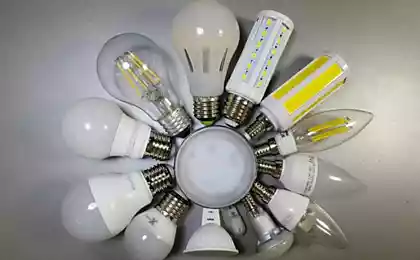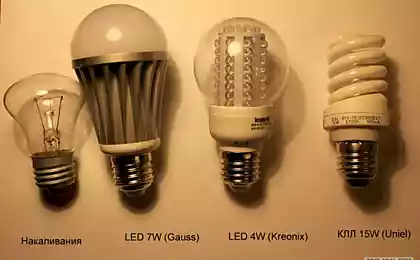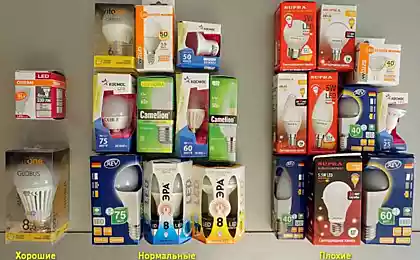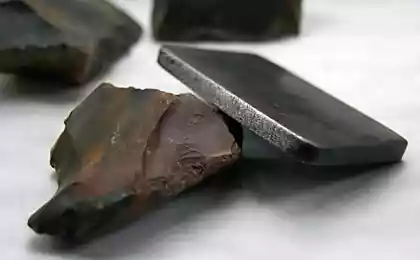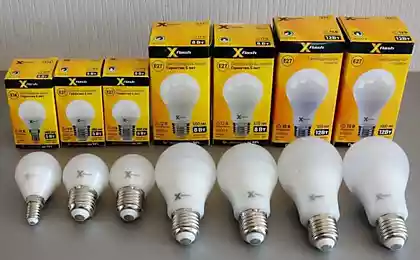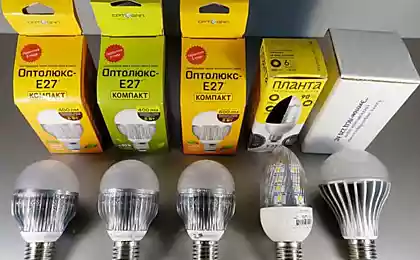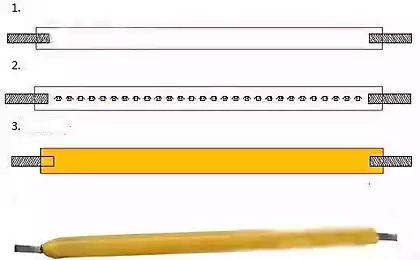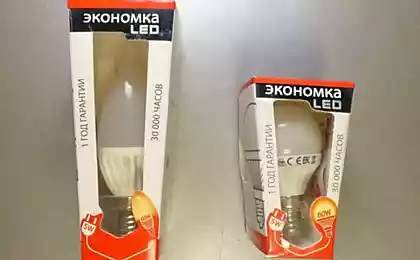623
Modern nano-sized vacuum tubes can become an alternative to silicon transistors

Now there are some difficulties continued scaling of semiconductor technology, as well as the related problem of increasing processor performance without increasing the clock frequency.
Researchers from the California Institute of Technology believe that they can solve the existing problem by returning to a very old technology. Vacuum lamps, according to the researcher Axel Scherer, may be the key to improve the transistor performance and decrease power consumption.

work with vacuum tubes. Photo 1922, Systems Technical Journal Bell
The project, on which work Scherer and his team, has nothing to do with the classical electron tubes - according to the team, they are about 1000 times smaller than human red blood cells, about 6-8 nm. The main problem of modern silicon processors is a significant heat. Electronic technology is being developed by researchers at Caltech, the energy released is much smaller than their silicon counterparts, which will solve the overheating problem and the tunnel effect.
In contrast to silicon, which can be both a conductor and an insulator, depending on how it is chemically modified, Scherer lamp can be made from a variety of metals such as tungsten, molybdenum, gold and platinum.
Electric lamps are one option among a number of ideas. Other promising approaches include exotic materials such as carbon nanotubes, and even microscopic mechanical switches.
Scherer is not trying to invent the transistor, or completely replace silicon. Boeing is funding these studies because of its potential applications in aerospace and aeronautical engineering as well as silicon, obviously, will be the standard for many years. In vacuum technology there are still many problems to be solved. When it will be able to start production of tens of thousands of processors on the basis of electron-tube in a month? What is the cost to replace the equipment in the production and build an ecosystem? Can it be organized quickly enough to maintain the current pace, and how the technology will be integrated into existing production lines?
Miniature vacuum tubes could become the main driving force of productivity computing systems, but the cost and production problems - a huge obstacle in the way of technology, which positions itself silicon competitor. No carbon nanotubes or graphene not yet done so, despite its huge initial potential.
The theme of the work using the principle of vacuum tubes in modern chips is no longer pops up the first time. Lamps semiconductor better tolerate radiation and electromagnetic pulses, so they are still used in military equipment, which must withstand the closest explosions of nuclear bombs. Thus, it is developing a new generation of radio tubes US defense agency DARPA.
NASA explore the possibility of so-called "vacuum-channel transistors." The tiny size of the electronic "nanolamp" something even easier to create them - in contrast to the usual radio tubes, no need to make any extra effort to create a vacuum inside the device. The distance between the cathode and the anode is much less than the electron mean free path at atmospheric pressure.
Scientists believe that nano-vacuum devices will be easier to get to work in the terahertz range than conventional semiconductors. Although solid-state transistors is already possible to make it work at terahertz frequencies above. Thus, the prototype of the corporation Northrop Grumman, made under the program DARPA Terahertz Electronics in 2014 crossed this boundary. It used transistors of indium phosphide.
via extremetech
Source: geektimes.ru/post/276996/
Competition gravediggers in Hungary
25-year-old more than a year lived with an artificial heart in a backpack
